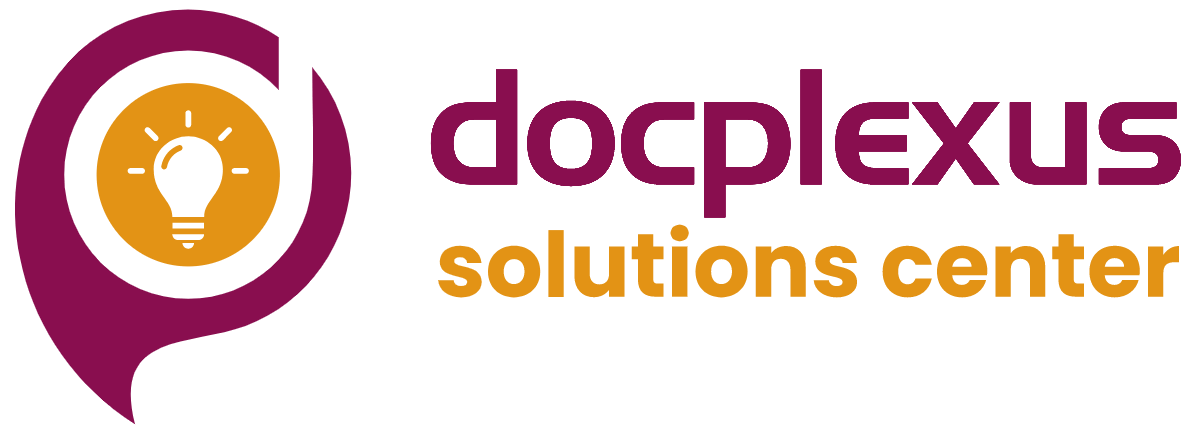
Dr. Parmar started by sharing real-life example from the Docplexus cosmos on how Physician from tier III city diagnosed an managed a critical patient with online resources to aid.
Dr. Parmar started by sharing real-life example from the Docplexus cosmos on how Physician from tier III city diagnosed an managed a critical patient with online resources to aid.
“A 63-year old farmer in Moradabad woke up with severe chest pain and shortness of breath at 4 am. His son rushed him to the clinic of Dr H. Ali, a general physician, whose home was attached to the clinic. After a quick clinical examination and an ECG, Dr. Ali checked his phone to read up something and was able to diagnose that the farmer had an acute myocardial infarction (MI, heart attack) but with appropriate injections and medicines in the clinic itself, he managed to stabilize the farmer. The next day, Dr. Ali advised him to visit a cardiologist in the nearby city, for further investigations and management. Well, the farmer had survived the crisis! Later Dr Ali wrote to Docplexus to thank their team and his peers on the platform for the bevy of posts on “how to read an ECG” and guidelines around acute MI management, which he had quickly reviewed on his phone that night.
This is one of the gazillion examples of how the digital ecosystem in India is rapidly bridging the rural-urban divide of healthcare. With 70 per cent of the country’s population residing in the hinterland, the already staggering shortage of over 6,00,000 doctors across the nation is only further exacerbated by the urban to rural doctor density of 3.8 : 1.”
Dr. Parmar also elaborated on how the advent of teleconsultation, e-pharmacy, e-commerce and online ‘verified doctors-only’ community platforms are helping healthcare professionals (HCPs) in accessing medical information, engaging with peers, treating patients better and achieve much more round-the-clock.
“Currently, the country has over 40 teleconsultation portals as well as many e-pharmacies and e-commerce portals delivering relevant medical products to over 70 per cent of the pin codes across all the states. This is further supported with the initiative of 1,50,000 primary care centres under Universal Health Care, upcoming AI-based kiosks by various enterprising entities, point-of-care devices for basic vitals stationed even at post offices, panchayats, with Anganwadi and ASHA workers, along with remote consultants or telemedicine services available round-the-clock.
At the heart of it all, beams the fact that doctors from these distant set ups are able to interact 24×7 with experts and colleagues from metros through online communities using their phones or devices, without the need for expensive, inconvenient or arduous travel in person. They are able to update themselves with relevant and latest medical courses, therapy guidelines, global health news, relevant specialty posts, surgical videos and engaging resources like webinars and peer-to-peer clinical case discussions to interact and learn more, from anywhere and at anytime in a secured environment amidst other doctors as their fraternity.”
With the influx of information online and the evolution in science every day at a rapid pace, it is paramount to have a trusted source of information, a gated and secure platform where doctors can discuss complex patient cases and lear evidence-based best practices around patient managemen from specialty experts to aid better patient outcomes. Dr. Parmar highlighted this pertinent need in his closing remark.
“Evidence-based credible information is power. With this power towards better clinical decision making along with peer guidance, these doctors in rural areas are able to address and handle at the primary touch-point, a plethora of chronic and non-communicable ailments like anemia, hypertension, diabetes, hypothyroidism and inflammatory bowel diseases as well as acute infections like malaria, dengue and so on – not to forget emergencies including snake bites and more.
It has been estimated that medical knowledge doubles every 73 days now. It might further reduce, since this duration used to be 3.5 years in 2010! With this ever-evolving science, having a safe space to discuss real-world patient cases or asking for guidance even on practice management topics like medico-legal, financial planning etc. has become easier for doctors practicing in any corner of the nation and has certainly saved them time, effort, money and precious lives of the ones they treat. India, with digitization of the health care ecosystem, is steadily but consistently moving towards a better and equitable health care for everyone.”
Source Express Healthcare.
